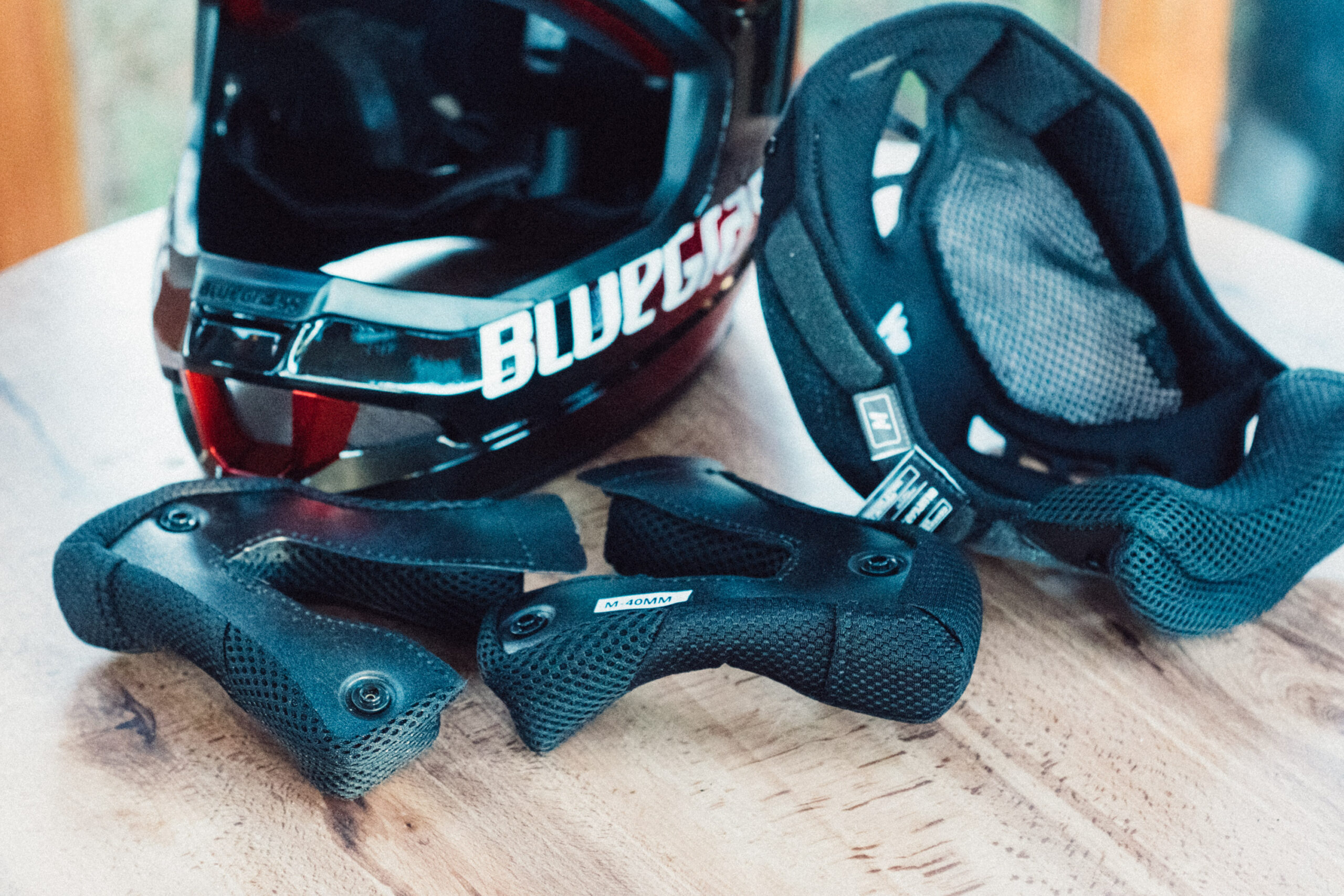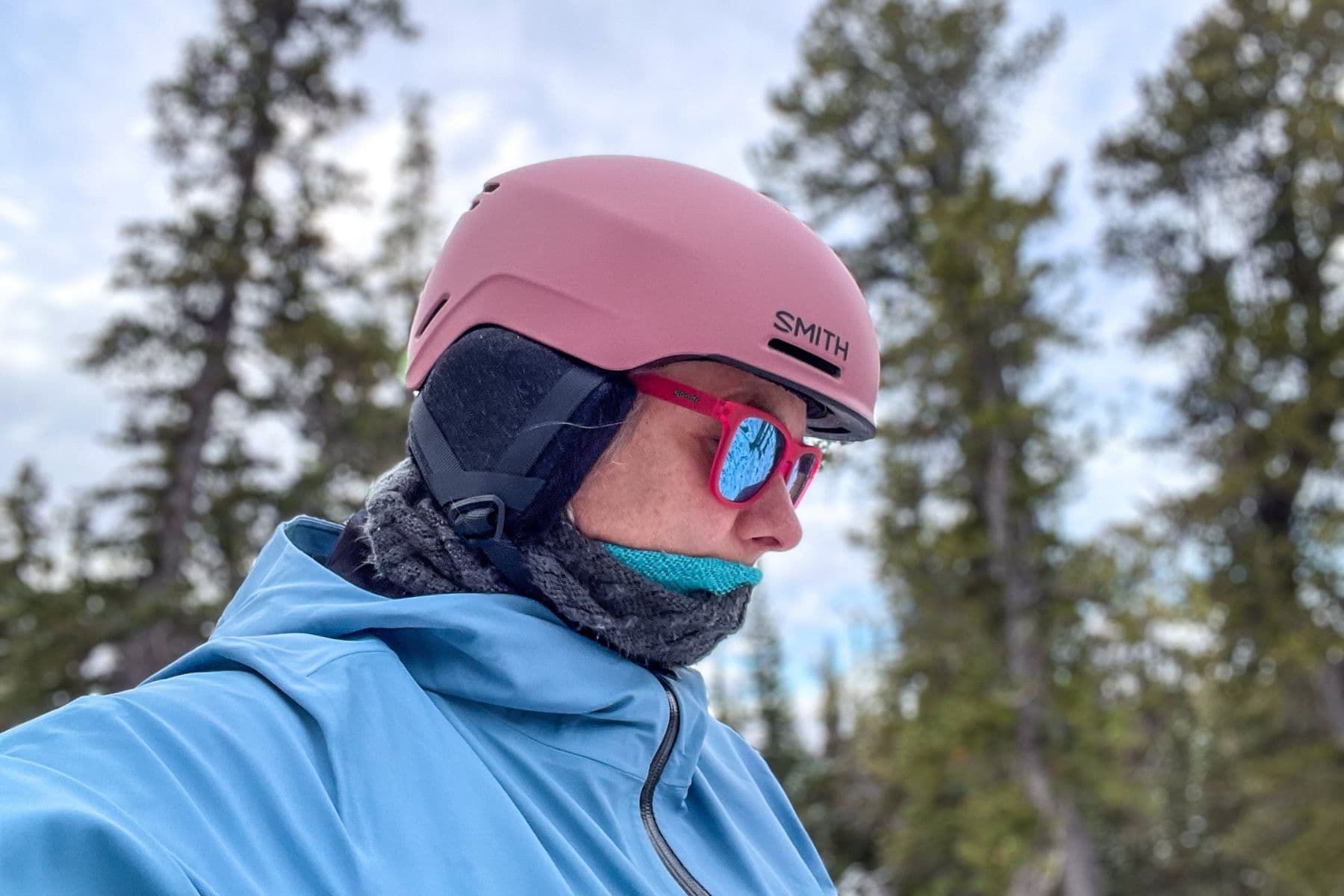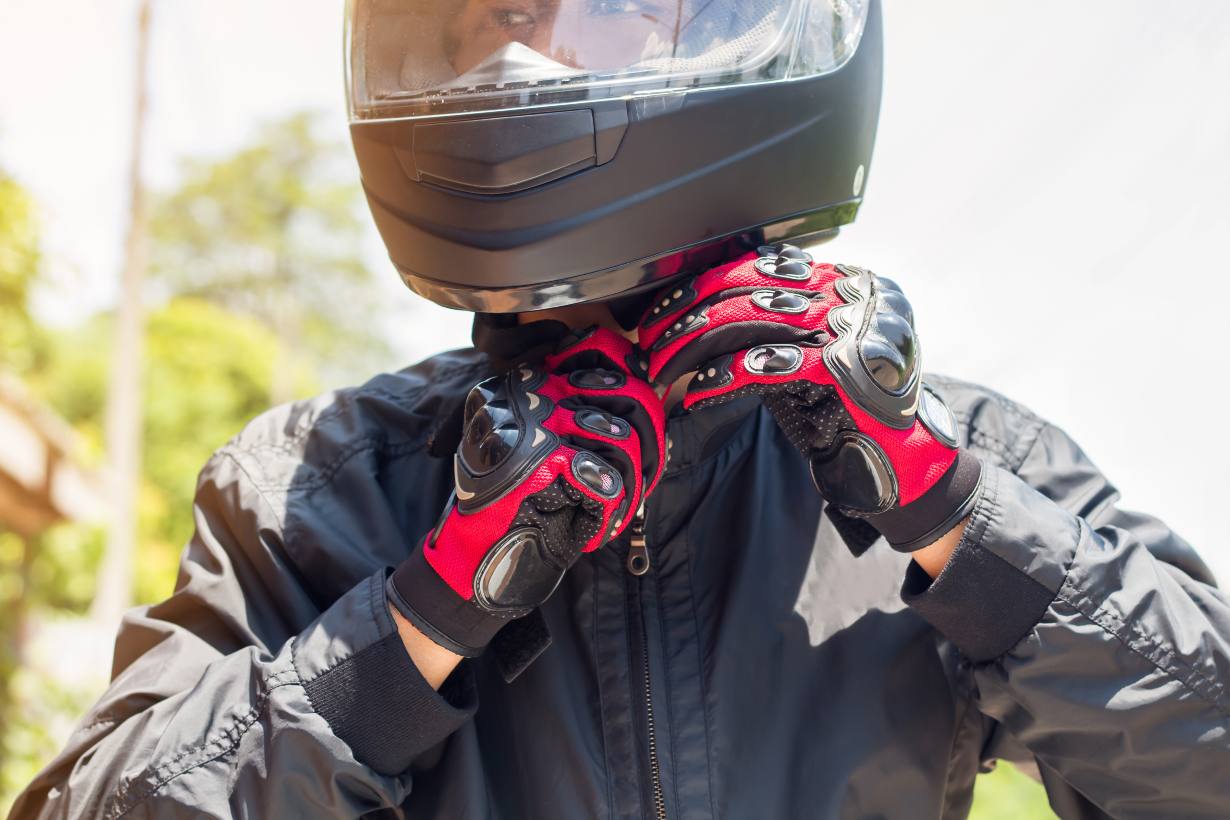Selecting a helmet that fits properly is essential for ensuring safety and comfort while cycling, motorcycling, or participating in any activity that requires head protection.
A well-fitted helmet stays securely in place, provides maximum coverage, and can make all the difference in the event of an impact. Here’s a step-by-step guide on how to measure your helmet size for a perfect fit.
Why the Right Helmet Size Matters
A helmet that’s too loose may slip, shift, or even come off during an accident, leaving parts of your head unprotected. On the other hand, a helmet that’s too tight can cause discomfort, headaches, and might discourage you from wearing it regularly. Choosing the right size means your helmet will stay securely in place, offer full coverage, and make your ride safer and more enjoyable.
Step 1: Gather Your Tools
To measure your head accurately, you’ll need:
- A Flexible Measuring Tape: A soft measuring tape (like those used in sewing) is best for this purpose. If you don’t have one, use a piece of string or ribbon and measure it with a ruler afterward.
- A Mirror: To check the tape placement, especially if measuring on your own.
Step 2: Position the Tape Correctly
For an accurate measurement, place the measuring tape around the widest part of your head. Here’s how:
- Wrap the Tape Around Your Head: Position it about 1 inch (2.5 cm) above your eyebrows and just above your ears. This ensures the measurement includes the broadest part of your head, providing a snug fit across your forehead, sides, and back.
- Keep the Tape Level: Make sure the tape is level and straight all the way around, not tilted up or down. This will help you get a measurement that reflects how the helmet will sit on your head.
Step 3: Measure and Record the Circumference
With the measuring tape in place:
- Note the Measurement in Inches or Centimeters: Write down the number, as helmet sizes are typically given in either centimeters or inches.
- Double-Check for Accuracy: Take a second measurement to confirm accuracy, especially if your head size falls between sizes. Even a small difference can affect the fit, so it’s worth double-checking.
Step 4: Consult the Helmet Brand’s Size Chart
Each helmet brand may have slightly different sizing guidelines, so refer to the specific size chart of the brand you’re considering. Here’s a general sizing guide to help you get started:
- Extra Small (XS): 20 – 20.5 inches (51 – 52 cm)
- Small (S): 20.5 – 21.5 inches (53 – 54 cm)
- Medium (M): 21.5 – 22.5 inches (55 – 57 cm)
- Large (L): 22.5 – 23.5 inches (58 – 60 cm)
- Extra Large (XL): 23.5 – 24.5 inches (61 – 62 cm)
Helmet sizing varies by manufacturer, so always consult the brand’s size chart before making a purchase.
Step 5: Try on the Helmet and Check for Fit
After choosing a helmet based on your measurements, it’s important to test the fit. Here’s what to look for:
- Level Fit: The helmet should sit level on your head, covering your forehead without tilting forward or backward. It should rest about 1-2 finger widths above your eyebrows.
- Snugness: A well-fitted helmet feels snug but not overly tight. If the helmet moves easily when you shake your head, it’s too loose. If it creates pressure points, try the next size up.
- Retention System: Many helmets feature a dial or slider at the back to adjust the fit. Tighten or loosen this until the helmet feels secure but comfortable.
- Chin Strap: Fasten the chin strap so it forms a “V” shape around each ear. Adjust it to be snug under your chin, leaving enough room for two fingers between the strap and your skin.
Fit Check Tips for Different Helmet Types
Depending on the type of helmet you’re buying, there may be unique fit considerations:
- Cycling Helmets: Look for a snug fit that keeps the helmet stable on high-speed rides, with plenty of ventilation to keep you cool.
- Mountain Bike Helmets: Choose a helmet with extra coverage around the back and sides of your head, especially if you’re tackling rough trails.
- Motorcycle Helmets: These should feel snug all around without squeezing uncomfortably, covering the entire head and jaw (in the case of full-face helmets).
- Multi-Sport Helmets: For skateboarding or BMX, choose a helmet that offers impact protection and a secure fit, as falls may happen frequently.
Step 6: Additional Features to Fine-Tune Fit and Comfort
Some helmets offer features that allow for further adjustment and improved comfort:
- Padding: Some helmets come with removable padding that can help customize the fit. You can add or remove padding inserts as needed for a snug, comfortable feel.
- MIPS (Multi-Directional Impact Protection System): Helmets with MIPS provide added protection by reducing rotational forces during impacts. MIPS helmets fit similarly to standard helmets, so sizing is usually the same.
- Ventilation: Choose a helmet with sufficient ventilation if you’ll be wearing it for extended periods or in warm conditions.
Step 7: Reassess Fit Over Time
Helmets can wear out and may loosen slightly over time due to regular use and the effects of sweat or heat. To keep your helmet effective, perform a quick fit check every few months. Additionally, helmets should be replaced after any significant impact, even if they don’t appear damaged, as their structural integrity may be compromised.
Quick Reference Helmet Sizing Chart
| Size | Inches | Centimeters |
|---|---|---|
| Extra Small (XS) | 20 – 20.5 in | 51 – 52 cm |
| Small (S) | 20.5 – 21.5 in | 53 – 54 cm |
| Medium (M) | 21.5 – 22.5 in | 55 – 57 cm |
| Large (L) | 22.5 – 23.5 in | 58 – 60 cm |
| Extra Large (XL) | 23.5 – 24.5 in | 61 – 62 cm |
For the best results, always use the brand’s specific size chart, as sizing can vary slightly between manufacturers.
Conclusion: Your Helmet Should Fit Like a Glove
Finding the right helmet size may take a few extra steps, but it’s worth it for the added protection and comfort.
By measuring your head accurately, consulting size charts, and performing a fit test, you can ensure that your helmet will provide the security and support you need.
Remember, the right helmet isn’t just about size; it’s about achieving the perfect fit so you can ride confidently and safely.
With your helmet properly fitted, you’re ready to enjoy the road or trail with peace of mind and ultimate protection!









